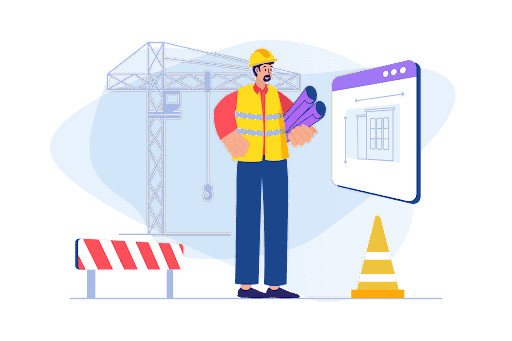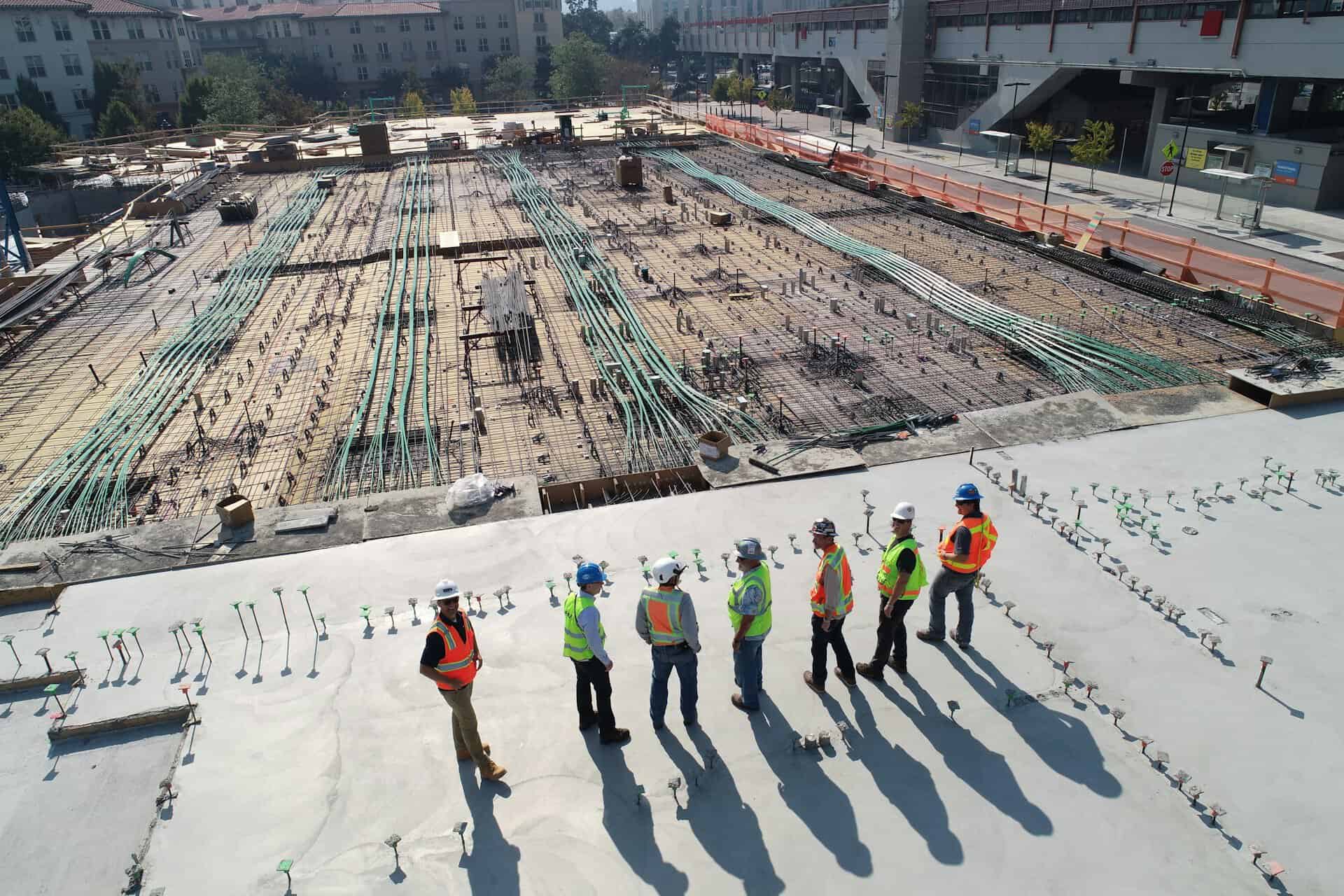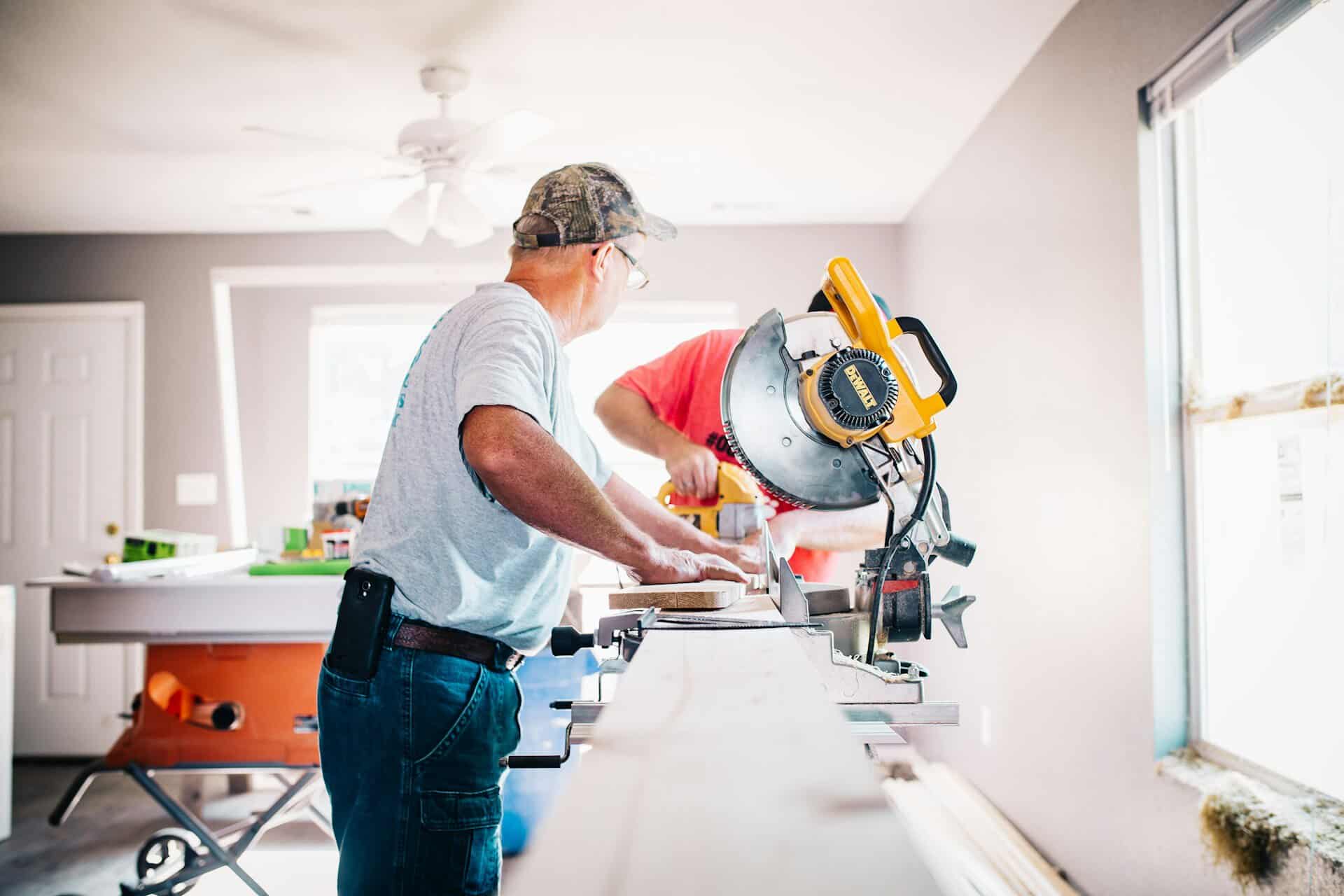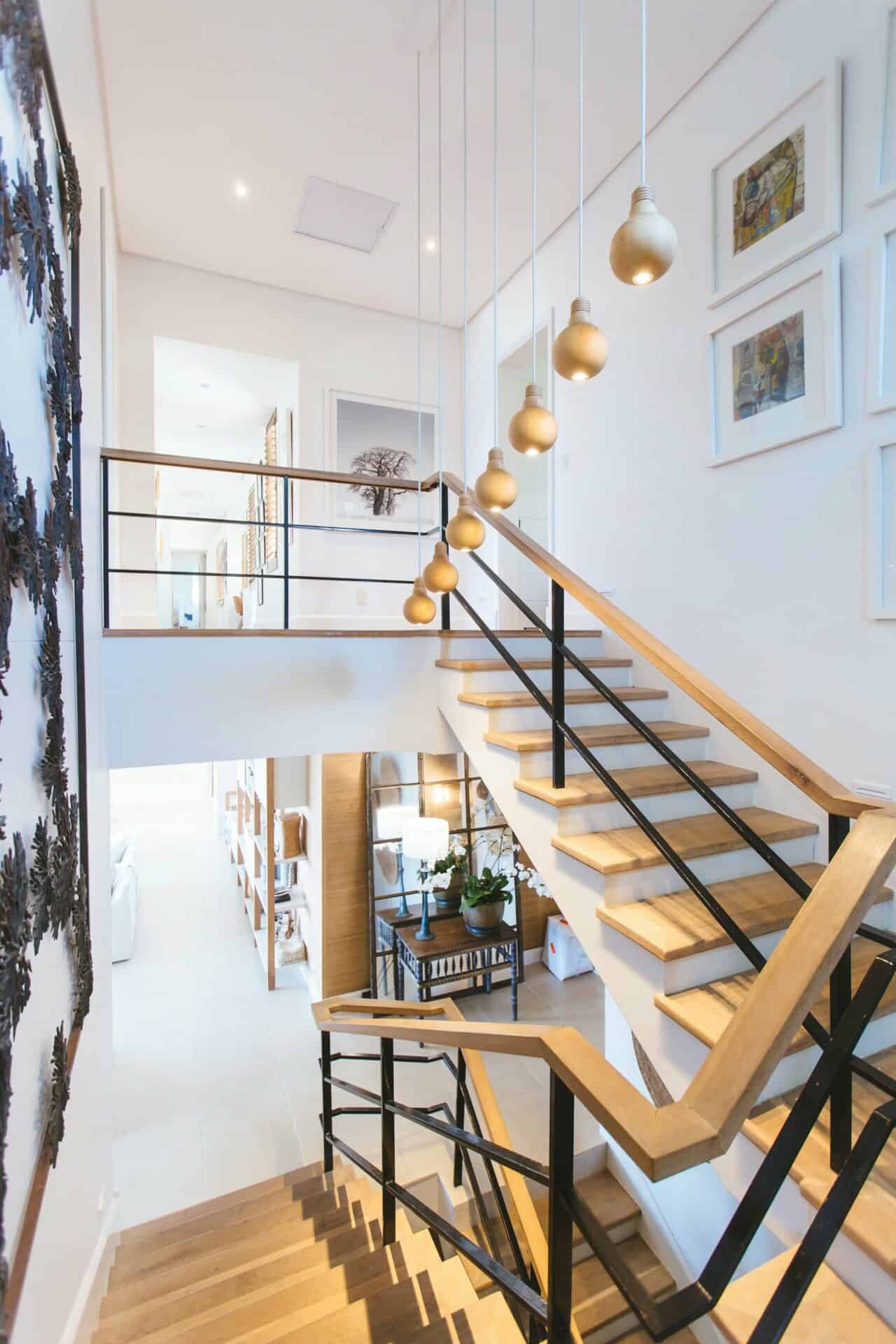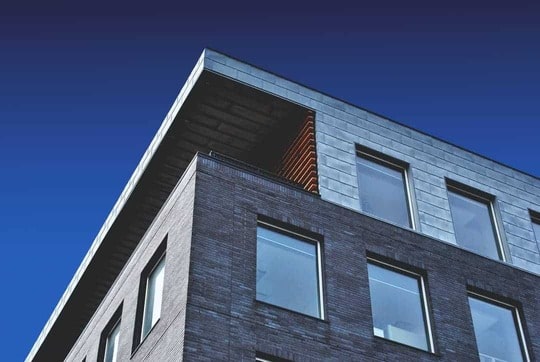Construction Costs in Australia for 2023: What to Expect and How to Manage Them
If you’ve been dreaming of building your own home in Australia, you know that labour cost and building materials within a larger supply chain is one of the biggest considerations.
The past three years have been a rollercoaster ride for the Australian economy. The building industry, in particular, has faced unusual volatility and challenges, primarily due to the COVID-19 pandemic, the Russia/Ukraine conflict, and various natural disasters within the country.
These factors have led to a series of cost pressures and delays in the industry. Despite some positive signs, until there are less inflationary pressures, construction costs will continue to rise, with expectations that they will keep increasing across 2023, albeit at a slower pace.
How does this translate into your plans to build a home in 2023?
Let’s take a look.
What Factors Influence the Average Building Costs Across Australia
Although lockdowns are no longer a concern, Rawlinson’s recent quarterly figures reflected that the market is stabilising. However, there are still some challenges you must consider that will impact both the costs of labour and materials of residential housing construction.
Several factors influence construction costs in Australia and can vary significantly across different states and territories.
Labour Costs
The cost of labour can vary depending on the location and the demand for workers, with some areas experiencing higher wages due to a shortage of skilled labour.
According to Rawlinson’s first-quarter construction cost update, labour costs are among the most significant factors impacting construction costs in Perth. They have fluctuated around 4% compared to other states, such as Adelaide, which has only seen a fluctuation of 2%.
So, you’ll find that your labour costs will have a much more impact on your overall costs if you build a house in Perth compared to if you were building in Adelaide.
Building Materials
Construction materials are also a key factor in the wider project expenses, with prices for materials such as structural timber costs, a pre-cast concrete wall, and steel fluctuating depending on supply and demand.
According to the same Rawlinson report, the price of concrete in Brisbane has fluctuated by around 10%. In Darwin, it has fluctuated by around 7%, which could significantly impact the overall price of building a house in those states.
In Canberra, on the other hand, there is only a 1% fluctuation in concrete prices, so it’s unlikely to impact the overall cost of a build.
Other Factors that Can Increase or Alleviate Construction Costs
There is a selection of other factors that will impact how much you pay for your property in this current economic environment, including:
- Land prices
- Cartage and delivery costs
- The Consumer Price Index (CPI) and interest rate hikes
- Building regulations
- Restricted domestic supply chains
What are the Predicted Percentage Increases in the Construction Industry in 2023?
Again, drawing from Rawlinson’s first-quarter cost update, the following percentage increases are likely to apply across the housing sector in Australia:
| State/Territory | Percentage Increase |
| Sydney | 4.00% |
| Melbourne | 5.00% |
| Brisbane | 6.00% |
| Adelaide | 6.00% |
| Perth | 6.00% |
| Hobart | 6.00% |
| Darwin | 5.50% |
| Canberra | 5.00% |
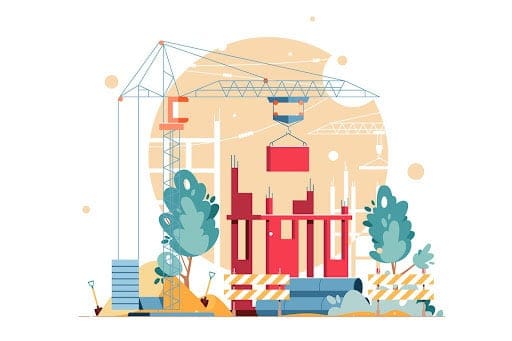
How Does this Translate to Residential Construction Costs Per Square Metre?
Now, when you’re looking at the price of building a house, it’s understandable that you want to know how percentage increases impact the cost per square metre.
The average cost of building a house in Australia can range from around $1,300 per square metre to $3,900 plus per square metre; however, it’s difficult to give a definitive answer on the cost because it all comes down to the specifics.
The finishes you choose, the materials used, the labour involved, and even the state of the economy can all significantly impact the final cost.
So, let’s look at a few examples of how Rawlinson’s 2023 predictions will impact the cost of building a home this year.
Example 1:
Meet John and Mary, a couple living in Sydney planning to build a three-bedroom home with a medium finish shelf design. They’ve just purchased a piece of land and are now budgeting for the construction costs. In the fourth quarter of 2022, they received a quote from a construction company that estimated the cost per square metre to be $2,035.
However, John and Mary are not ready to begin construction immediately, as they need time to finalise their finances. They decide to start building their home in quarter three of 2023.
To account for this predicted increase of 4% by the end of 2023, the construction cost consultants re-quote an approximate cost of $2,117 per square metre.
Example 2:
Emma and Liam are a couple living in Hobart who have decided to build their dream four-bedroom, full-brick home with a unique two-level design with a medium finish.
They have secured a plot of land and are in the process of budgeting for the construction costs. In April 2023, they received a quote from a construction company estimating the cost per square metre to be $3,393.
However, they plan to begin construction in quarter 4 of 2023. Before starting, they come across the Rawlinsons construction cost report, which predicts a 6% increase in construction costs in Hobart by quarter 4. They realise they must consider this increase while budgeting for home construction.
Emma and Liam calculate the new cost per square metre, approximately $3,596.58. Assuming their four-bedroom home will be 200 square metres, they can estimate the total construction cost:
Total construction cost = New cost per square metre × Total square metres
Total construction cost = $3,596.58 × 200
Total construction cost = $719,316

Example 3:
Alice and James, a young couple, are planning to build a two-bedroom single-level brick veneer townhouse with a medium finish. They have found a suitable location and are currently working on their budget for construction costs.
In January 2023, they received a quote from a construction company estimating the cost per square metre to be $3,057.
However, they intend to start construction in quarter three of 2023. Based on research, they predict there will be a 5% increase in construction costs by the time they want to start building. So they calculate the cost per square metre to be approximately $3,209.85.
Assuming their two-bedroom townhouse will be 100 square metres, they can estimate the total construction cost:
Total construction cost = New cost per square metre × Total square metres
Total construction cost = $3,209.85 × 100
Total construction cost = $320,985
Tips for Managing Increasing Construction Costs
Like the couples in these scenarios; you need to have strategies in place to manage the construction cost increases.
Here are some tips for managing increasing construction costs:
- Thorough planning and budgeting: Proper planning is crucial to managing costs effectively. Create a detailed budget with all potential expenses, including material costs, labour, permits, and other fees. Factor in possible increases in costs due to market fluctuations or other factors.
- Efficient design: Work with architects and designers to create an efficient design that minimises waste and optimises using space and materials. This can help reduce overall construction costs.
- Obtain multiple quotes: Request quotes from several contractors to compare their rates and services. This can help you find a contractor with the best value for your money.
- Choose materials wisely: Consider using alternative or locally sourced materials, which may be more cost-effective. Be aware of the quality, durability, and maintenance requirements of the materials you choose to ensure long-term savings.
- Monitor and control costs: Regularly track your project’s expenses to ensure they stay within your budget. If costs rise, identify the causes and take corrective action immediately.
- Implement value engineering: Work with your project team to analyse the design, materials, and construction methods to identify areas where you can reduce costs without compromising the quality or function of the project.
Key Takeaways
Understanding and anticipating construction costs in Australia for 2023 is essential for anyone planning to build a home. Factors such as labour costs, material prices, and regional differences contribute to the overall construction costs.
Rawlinson’s first-quarter construction cost update predicts percentage increases across different states and territories, making it crucial to account for these increases when planning and budgeting.
Employing strategies such as thorough planning, efficient design, obtaining multiple quotes, and monitoring costs can help homeowners effectively manage and mitigate the impact of rising construction expenses.
And if you need to get your hands on a construction cost report, contact Duo Tax today.

Ready to get started?
Talk to one of our friendly property experts to get a free quote or more Information.
